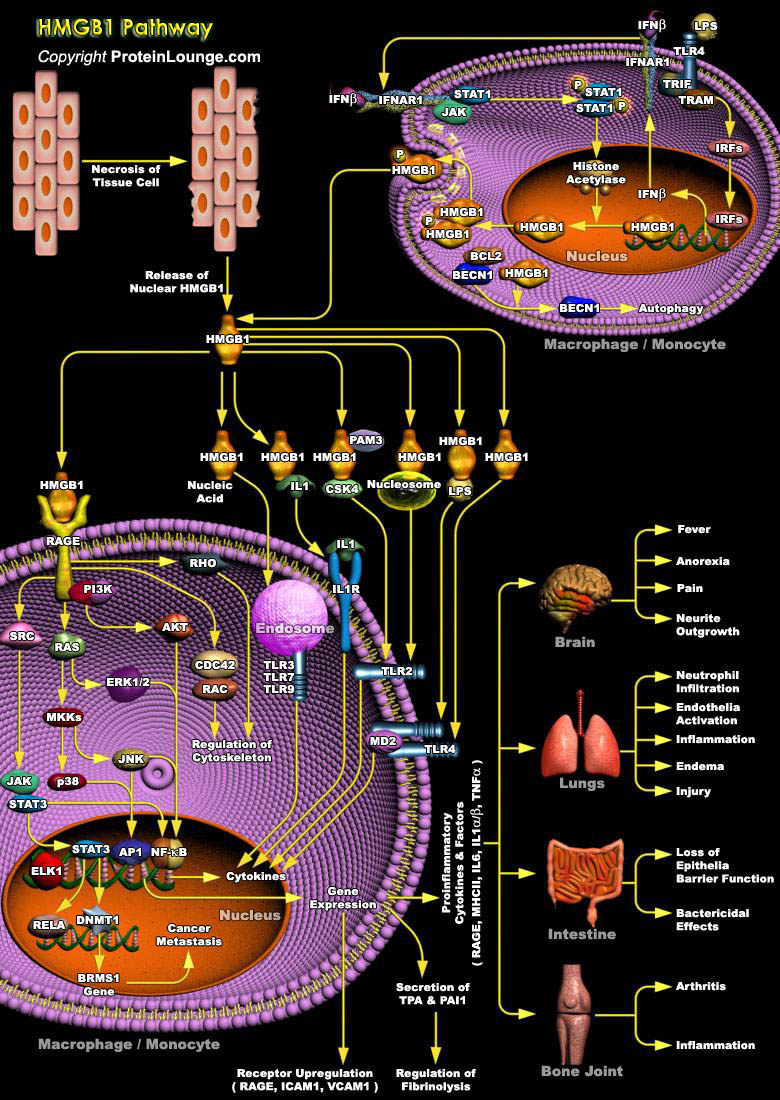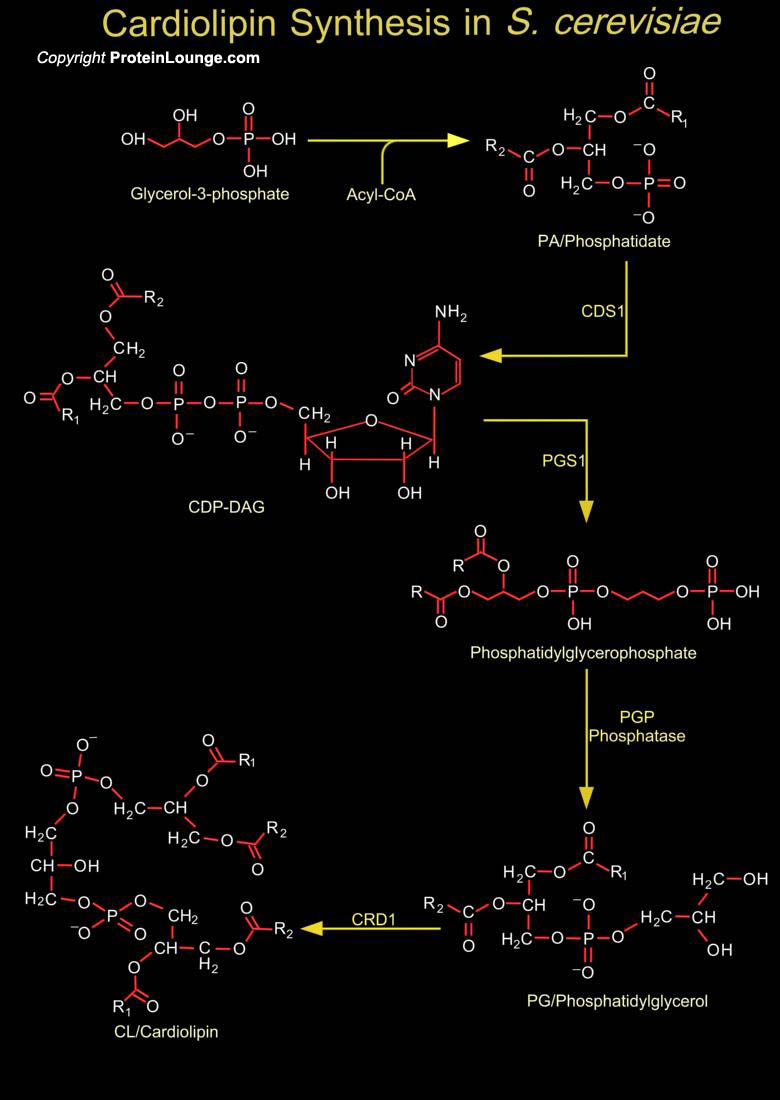Featured Pathways

Phospholipids are key molecules that contribute to the structural definition of cells and participate in the regulation of cellular processes. The major Phospholipids which occur in the membranes of mitotically growing S. cerevisiae (Saccharomyces cerevisiae) cells are PC (Phosphatidylcholine), PE (Phosphatidylethanolamine), PI/PtdIns (Phosphatidylinositol) and PS[..]

Protein kinases of the PAK (p21-Activated Kinase) family are found in all eukaryotic species. This family is defined by sequence similarity in the kinase domains and by the occurrence of a domain that can be bound by CDC42, a p21 GTPase of the Ras superfamily. Saccharomyces cerevisiae cells contain three members of this family, Ste20, Cla4, and Skm1, each of which performs a[..]

Simple eukaryotes such as yeasts and molds encode multiple PAKs (p21-Activated Kinases) that, like their orthologs in other systems, act downstream of Rho-family GTPases to regulate cytoskeletal structure and gene transcription. PAKs are highly conserved effectors of the Rho GTPases CDC42 (Cell Division Cycle-42) and RAC. All PAKs contain an N-terminal PBD (p21 GTPase-Binding-Domain), which[..]

Melanins are naturally occurring pigments found in plants as Allomelanin, whereas in animals as classes of natural Melanins as the black-brown Eumelanin found in human black hair and in the retina of the eye and the yellow-red Pheomelanin found in red hair and red feathers. Melanin in mammals protects the skin from damage caused by ultraviolet radiation, acts as free radical scavenger[..]

The ability of a cell to respond specifically to various external and internal signals plays an essential role in regulating gene expression, differentiation, and cell death. Most often, the cellular responses to various stimuli involve transduction of signals received by specific receptors to defined targets that elicit specific responses in distinct cellular compartments. The[..]

CL (Cardiolipin/Diphosphatidylglycerol) is a unique Phospholipid carrying four acyl groups and two negative charges. Chemically it is known as 1,3-bis (1',2'-diacyl-3'-phosphoryl-sn-glycerol)-sn-glycerol). CL is ubiquitous in eukaryotes and is required for activity of several mitochondrial enzymes and protein import. After the conversion of PA (Phosphatidate/Phosphatidic Acid) plus[..]

Huntington disease is an Autosomally Dominant degenerative disorder resulting from expansion (>37 units) of a polyglutamine repeats in Huntingtin, a 350-kDa protein of unknown function. The polyglutamine repeat is localized in the N-terminal region of Huntingtin and is encoded by exon1 of the HD or Htt (Huntingtin) gene. Huntington disease is characterized by uncontrolled[..]

HD (Huntington's disease) is an autosomal dominant monogenic neurodegenerative disorder caused by an expanded CAG repeat in the HTT (huntingtin) gene, resulting in a mHTT (mutant HTT) protein carrying an expanded polyQ (polyglutamine) repeat on exon1. HD is characterised primarily by motor disturbances, but is commonly accompanied by cognitive impairments and psychiatric abnormalities.[..]

Epithelial continuity depends on a family of small, yet abundant, secreted proteins the TFFs (Trefoil Factors). TFFs are considered as 'Rapid Response' agents to mucosal injury; with up-regulation of expression in the early stages of mucosal repair. These peptides are involved in mucosal maintenance and repair through motogenic and anti-apoptotic activities. They also function as[..]

CNTF (Ciliary Neurotrophic Factor) is a protein expressed in glial cells, which stimulates gene expression and cell survival and differentiation in a variety of neuronal cell populations and acts as a lesion factor involved in the prevention of nerve degeneration after injury. It is a member of the IL6ST (130-kDa Glycoprotein) cytokine family along with structurally related hemato- and[..]

Muscular dystrophy is a genetically heterogeneous group of disorders characterized by progressive weakness and degeneration of the skeletal or voluntary muscles which control movement. This group of diseases has three features in common: they are hereditary, they are progressive and each causes a characteristic, selective pattern of weakness. Some forms of MD first appear in infancy or[..]

The development of the NMJ (Neuromuscular Junction) is triggered by agrin, a signaling factor that is deposited by the nerve terminal at the site of contact with the muscle cell. Motor neuron-derived agrin induces many aspects of synaptic differentiation and is required for the postsynaptic localization of many synapse-specific basal lamina, transmembrane, and cytoplasmic proteins. In[..]




















